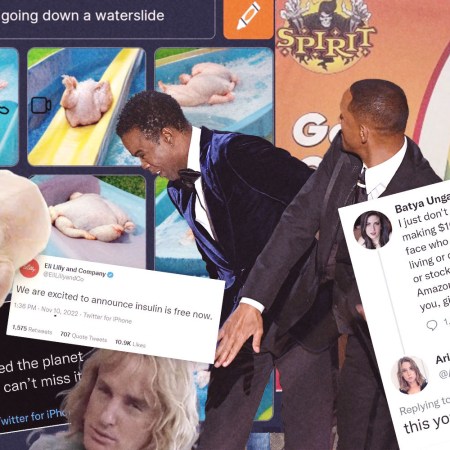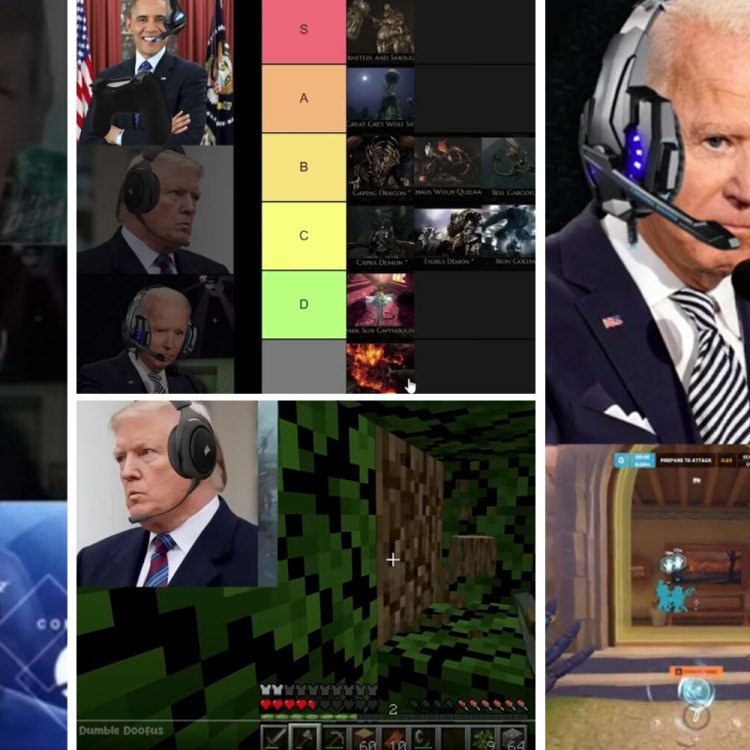Pete Davidson is known for getting matching tattoos with his girlfriends (and he’s also known for having to get them covered up). But for Kim Kardashian he went a step further, getting KIM branded on his chest to show how permanent he thinks this relationship will be. Humans have always loved adding something permanent to their appearance, whether that was making a smiley face burn on your arms with a lighter in middle school, or an ill-advised stick and poke in a university dorm room, but cosmetic scarification — scratching, etching, burning / branding, or superficially cutting designs, pictures, or words into the skin — is nothing to take lightly. Take it from the Lord of the Blade himself, Ryan Ouellette. A trained scarification practitioner for over 20 years, Ryan answered all our questions, from what the appeal of the practice is as a technician, to keeping clients realistic about what they’re getting.
InsideHook: How did you first get into scarification?
Ryan Ouellette: In the 1990s, the body modification scene started to come together. A lot of it was based on a website called BMEzine. It was international, and body piercers in random corners of the world were like, “whoa, I’m also doing this, and I’m also doing this.” That’s when I started to see contemporary scarification. In National Geographic you could see traditional scarification, but as far as contemporary scarification, that didn’t really start to exist until like the mid 90s. That’s when I started to get exposure to it, but there was nobody in the Northeast really doing it. I experimented on myself and some friends and people I worked with, and it just kind of grew out of that.
IH: What’s the process of training in something like scarification?
RO: It’s really different from one state to another, from one country to another. In New Hampshire I’m technically licensed as a tattooer to do scarification, because it falls under that license. If I wanted to apprentice someone now, it would be a one to two year process, but go back 20 years and apprenticeships weren’t really a thing. A lot of it was unregulated. A lot of it was just kind of like, hope that you’re doing it correctly. Usually it’s body piercers that do scarification, and a bunch of them started to get together for these events called Scar Wars. And that’s when scarification as a service really kind of started to get some momentum.
IH: What’s the appeal of scarification as someone who does it?
RO: It just feels natural for me. I really like that you’re not adding anything to the body, you’re working with the person’s body to see how they’re going to form a scar. You can do certain things to try to nudge it in a certain direction and get a certain kind of scar. But at the end of the day, it’s really the person’s body. You could do the exact same scarification design on 50 different people, and you’re going to get 50 completely different healed results.
IH: Do you have a favorite piece you’ve done?
RO: Because I’ve been able to have a longer career with it, I get to maybe check in with people after years and years go by, and you can see how the scar always changes with their body. It never really stops healing and changing and forming. My all time favorite that I ever did was a handprint on someone’s side, it was the handprint of their little brother, and then I saw the piece after six months or a year, and then I saw it again after like five years, and it completely changed each time. I’ve done other ones where I put a lot of work into it, and I thought that it healed amazingly initially. But over time, your body is always trying to heal it away and get rid of it, and sometimes it does such a good job that, all that work you put in with scarification, after a couple of years, it’s just gone.
IH: So obviously scarification is having a moment because Pete Davidson got Kim Kardashian’s name branded onto his chest, have there been other moments where scarification has become a mainstream trend?
RO: I’ve had similar talks with people, like, you know, a celebrity gets a piece, and people are talking about it. But in the general public, nobody wants scarification. It’s a really, really small group of people that are drawn to it. Because most people if they want to mark their body for an occasion or something memorable or whatever, they usually want a tattoo. Sometimes they might want a piercing, but they almost never want someone to burn themselves or cut themselves to leave a scar. It doesn’t have mass appeal. So when we get into like the trends of it, it’s trends of people talking about it, but that doesn’t really translate to the people people getting it.
IH: Is there anything that you’d want the people people to know about the procedure?
RO: Scarification is a catch all term, lots of things fall under that umbrella. So branding is one type of scarification, cutting is one type of scarification. When I get general inquiries about somebody that wants a scar on their body, they always say “I want a brand, I want a brand I want a brand.” But they don’t really understand there are significant limitations to a brand. There’s almost nobody offering it as a professional service. If there are people out there who are like, “Pete Davidson got a cool rare thing. I want a cool rare thing. I want to get branded.” You have to realize the safety concerns of putting yourself in the hands of someone that can be like, “Yeah, sure, I can do it.” But they might not have ever done one before. Or if they have they might have done one. Imagine that with a tattoo or a piercing? Like, do you want to go to someone who’s done one? Or maybe like, seen a picture of it online? And they’re guessing how to do it? You have to be really cautious if you try to seek it out.
IH: What’s the difference between scarification and other body modifications?
RO: What I do is cutting, I don’t perform branding. With a cut, it can be very clean and very controlled in the same way as a tattoo. A professional will be working, you know, in a clean environment with clean materials. But the main difference is what it does to the body on a traumatic level. A cut is a cut, it’s very superficial, and only about as deep as a tattoo. But a brand is a third degree burn. A third degree burn destroys the immune system in that area. So your body doesn’t have the ability to fight off an infection. So if it’s done in a dirty environment, or if it’s not taken care of properly, it’s just an open wound third degree burn and it can get infected really easily.
IH: So branding is more limiting in practice and in access then?
RO: You’re super limited as to what you can actually do with the brand because like if you want to make a line or a letter or “KIM” or whatever, you’re really limited in the design. The brand is going to destroy the tissue around the design, and the burn is going to have a radius, so that scar is going to be more limited in detail. With cutting, you can get a really clean and really precise, like a tattoo.
IH: What is the celebrity angle of this work, like how common is the phenomenon of a celebrity getting a piece done, and the public responding and wanting it, with body modifications in general? And how do you respond to that?
RO: With celebrities, you know, Lady Gaga or Rihanna got a new piercing and then that translates directly to Monday morning: you’re gonna get asked for the Rihanna piercing 100 times over, and that’s amazing. As a scarification practitioner, when people contact you because they saw a celebrity get something you have to be like, “I can do this for you. But you have to understand the limitations and the safety aspects of it.” You have to be the wet blanket to be like, “What you’re asking for isn’t really possible, exactly how you want it. Here’s what can be done. But also please understand the safety side of it.” You have to give people those realistic expectations that they might not want to hear.
IH: Who’s a celebrity you’d want to work on?
RO: I have worked on a couple of high profile people, but I’m a big wrestling fan. I’d love to do something on The Rock, that would be amazing.
This article was featured in the InsideHook newsletter. Sign up now.






















